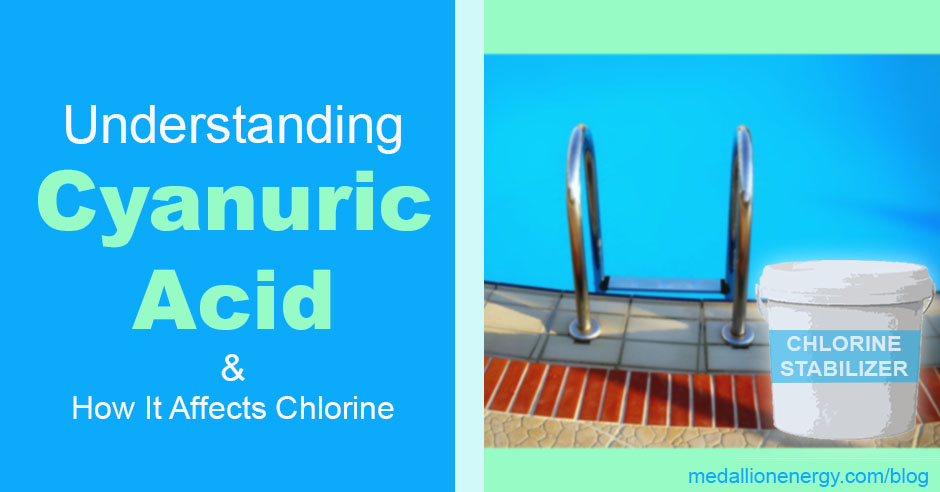Cyanuric acid is just one of the many chemicals flowing in your pool water. There are some for keeping pH balanced, and others that control metal buildup and scaling. And of course, there’s sanitizer, which keeps the pool safe and germ-free. You might even use a liquid pool cover to help keep the pool warm.
So with all these chemicals in the mix, what makes cyanuric acid (CYA) worth talking about?
Well, it might surprise you to know that this minor chemical has one of the biggest impacts on your pool chemistry. Without it, balancing your water would be close to impossible, and keeping your pool clean would cost more than 5x what you’re paying now.
Wondering how cyanuric acid controls all of that?
Keep reading to find out.
What is cyanuric acid (CYA)?
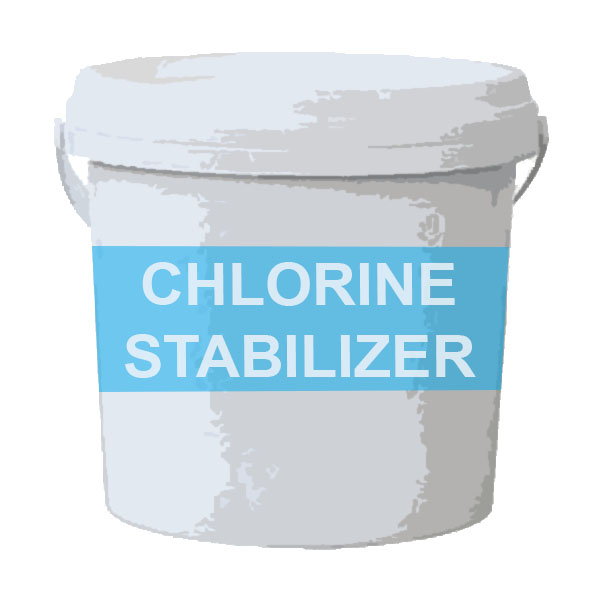


CYA, or cyanuric acid, is a chemical more commonly known as chlorine stabilizer. It comes in both powder and liquid form. And most often, you’ll find it included in trichlor chlorine tablets or dichlor shock.
As far as chemistry is concerned, cyanuric acid falls into a category of special compounds called triazines.
As the name implies, CYA helps to stabilize your pool’s chemical balance. Specifically, your chlorine levels. We’ll get into why that’s important in the next section.
Related: Balance Your Swimming Pool Water in 7 Easy Steps
Why your pool needs CYA
Do you know what the sun is really good at? Burning away all of your pool’s chlorine, really fast.
Normally, when you add chlorine to your water, it breaks down into hypochlorite ions. And these ions are what bond to contaminants, sanitizing your water and creating combined chlorine.
But when the sun’s UV rays shine onto these ions, they separate and destroy them. Which is why chlorine becomes way less effective when exposed to sunlight. And it’s also why you have to replace it more often on sunnier days.
Of course, if you’re using chlorine with CYA, that’s another story.
What does cyanuric acid do?
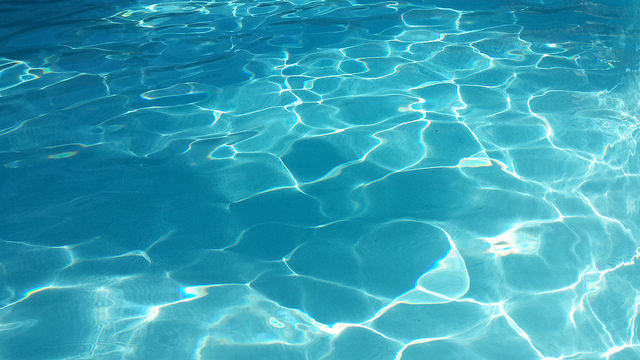


Cyanuric acid acts as a sunscreen for your chlorine, protecting it from burning away under the sun. Much in the same way that actual sunscreen protects your skin from a burn.
But that’s not all.
By shielding your chlorine from UV rays, CYA also helps stabilize your chlorine levels. Which is why its added to chlorine products in the first place.
Chlorine that’s protected from burning away under the sun lasts longer. And that means more stable sanitizer levels, and less money spent on chemicals.
How does CYA work?
It binds to sodium hypochlorite ions, and acts as a protective shield against UV rays. This allows the chlorine to stay active long enough to eventually bond to a contaminant and become combined chlorine.
For reference, chlorine with CYA is 8x more effective and stronger against the sun.
How cyanuric acid (CYA) affects chlorine
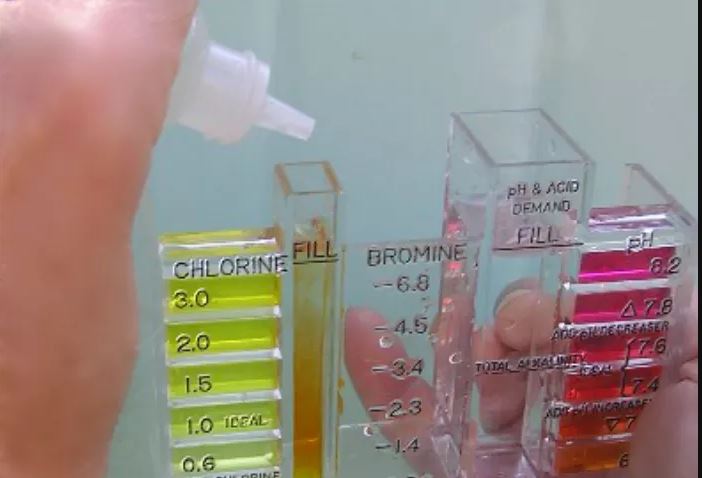


Let’s talk about exactly how CYA affects chlorine.
First things first, there IS such a thing as too much CYA.
High CYA levels actually have the opposite effect on chlorine, making it less effective. And eventually, if they get too high, they can cause chlorine lock. That’s right, a chemical designed to help your chlorine work better can also stop it from working altogether.
In fact, there’s a specific term that measures chlorine’s ability to sanitize your pool: oxidation reduction potential (ORP)
And based on numerous studies and research conducted on the topic, it’s a fact that cyanuric acid reduces chlorine’s ORP. But only when you’re using too much. Otherwise, it’s great.
A few causes of high cyanuric acid in pools include:
- Stabilizing agents included in chlorine
- Runoff from plaster in concrete pools
- Accidentally adding too much l
On the other hand, normal CYA levels help chlorine levels stabilize longer. With more stable chlorine levels, you won’t have to add chlorine to the pool as often. So if you think about, correctly using CYA is a great way to stretch your pool chemical budget.
Related: 7 Ways To Lower Swimming Pool Chlorine
What is the right CYA level?
40-50 ppm is the best cyanuric acid level for effective algae and bacterial defense.
It’s important to keep your CYA in this range for two reasons:
- High CYA can lead to cloudy water, green pool algae, and expensive chemical costs
- Low CYA allows your chlorine to be burned away
So keep your CYA levels between 40 and 50 ppm for the best results.
How to lower CYA levels
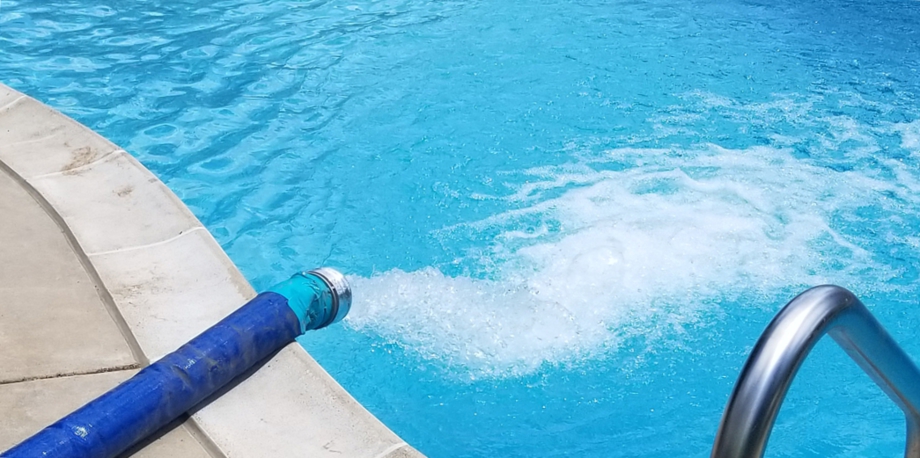


So what happens when your cyanuric acid levels are too high and they prevent you from balancing your pool. Your best option is obviously to lower your CYA levels asap, but how?
The best way to lower CYA levels is to dilute your water. This means partially draining the pool and refilling it right after.
By diluting your water, you actively reduce the concentration of CYA. So naturally, the more you dilute, the lower your CYA levels will get.
Here’s what to do:
- Test your water to find your exact CYA levels
- Find the source of excess CYA by checking the chemicals you’re currently using for these ingredients:
- Potassium dichloroisocyanurate
- Sodium dichloroisocyanurate
- Trichloroisocyanurate
NOTE: Remember that CYA can also leak from the plaster within concrete pools at times.
Once you know where the extra CYA is coming from, it’s time to start diluting the water.
To lower your CYA levels:
- Empty out about a 1 ft of water from your pool
- Replace that water with fresh water from a garden hose
- Test your CYA levels
- Keep draining and replacing your water, testing each time, until normal CYA levels are restored
If you liked this post:

